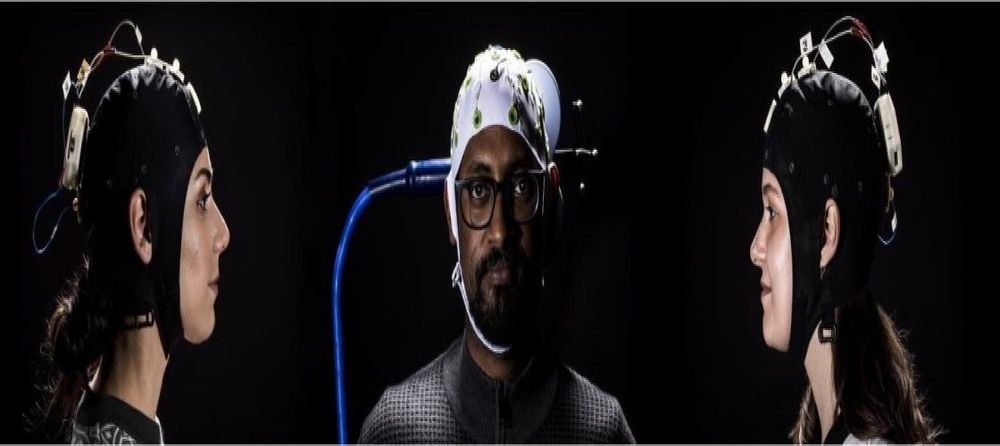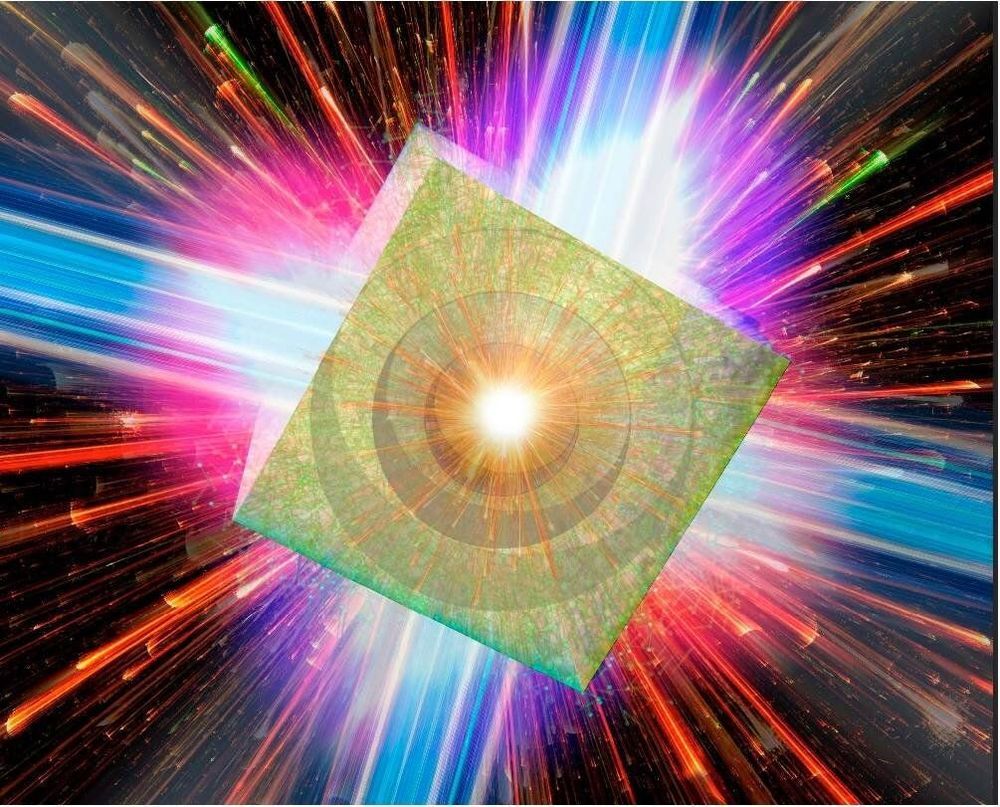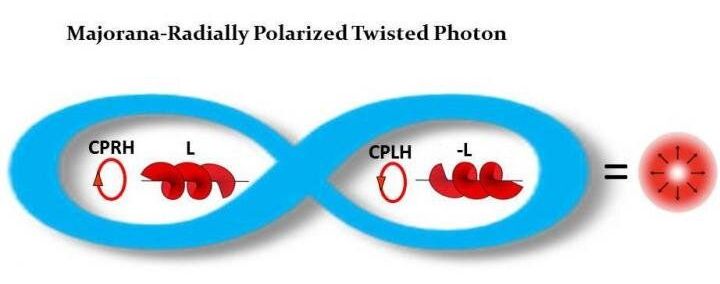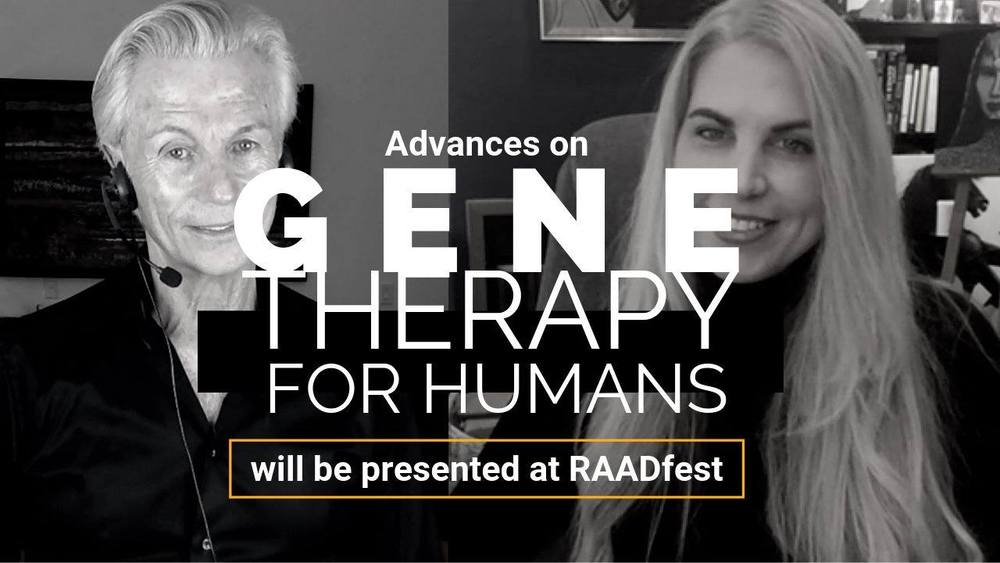Many people are using DNA testing to pass brick walls in their family trees. When you’ve reached a dead end, DNA testing may help you research further.
The Astronaut Who Took This Photo, is The Only Human Ever to Exist That Isn’t in The Frame Michael Collins took this picture of the Lunar Module during the Apollo 11 mission.
Pyramids True Purpose
Posted in futurism
“Get Out of My Head!”
For now, the phrase “Get out of my head,” is a lighthearted joke uttered when someone shares the same thought as a friend or colleague. But thanks to research in telepathic communications and computer technology by a team from the University of Washington, it could become a literal directive in the future.
Or, perhaps you’ll want to invite someone into your mind to help you solve a tricky problem. After all, two (or three) heads are better than one.
As the world celebrates the landing of American astronauts to the Moon, a crown just landed on the head of a Filipina conquering the Universe! #Apollo11 #Apollo50th #MissUniverse
Tory bruno, president and CEO, united launch alliance.
Kay sears, vice president and general manager, military space, lockheed martin.
Heather Wilson, Former Secretary of the U.S. Air Force.
Moderator: bryan bender, defense and space editor, politico.
A vacuum is generally thought to be nothing but empty space. But in fact, a vacuum is filled with virtual particle-antiparticle pairs of electrons and positrons that are continuously created and annihilated in unimaginably short time-scales.
The quest for a better understanding of vacuum physics will lead to the elucidation of fundamental questions in modern physics, which is integral in unraveling the mysteries of space, such as the Big Bang. However, the laser intensity required to forcibly separate the virtual pairs and cause them to appear not as virtual particles but real particles would be 10 million times higher than current laser technology is capable of. This field intensity is the so-called Schwinger limit, named a half-century ago after the American Nobel laureate Julian Schwinger.
In 2018, scientists at Osaka University discovered a novel mechanism that they called a microbubble implosion (MBI). In MBIs, super-high-energy hydrogen ions (relativistic protons) are emitted at the moment when bubbles shrink to atomic size through the irradiation of hydrides with micron-sized spherical bubbles by ultraintense, ultrashort laser pulses.
Hailed as a pioneer by Photonics Media for his previous discoveries of supercontinuum and Cr tunable lasers, City College of New York Distinguished Professor of Science and Engineering Robert R. Alfano and his research team are claiming another breakthrough with a new super-class of photons dubbed “Majorana photons.” They could lead to enhanced information on quantum-level transition and imaging of the brain and its working.
Alfano’s group based its research on the fact that photons, while possessing salient properties of polarization, wavelength, coherence and spatial modes, take on several forms. “Photons are amazing and are all not the same,” Alfano says.
Their focus “was to use a special super-form of photons, which process the entanglement twists of both polarizations and the wavefront … and would propagate deeper in brain tissues, microtubules and neuron cells, giving more fundamental information of the brain than the conventional photon forms.”
Liz Parrish, BioViva Sciences Inc CEO, chats with James Strole, Director of the Coalition for Radical Life Extension, about what she’s bringing to RAADfest 2019: gene therapies as regenerative treatments on human patients.
Hear what she has to share, and meet her at RAADfest 2019, October 3–6, Las Vegas, NV.
For more info and to register: http://www.raadfest.com/









